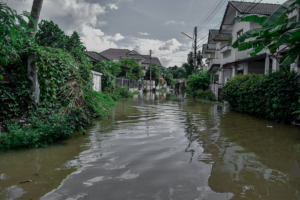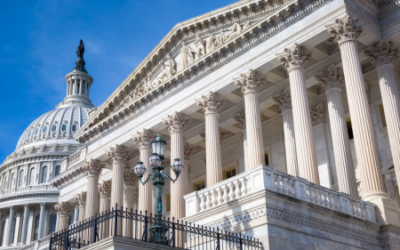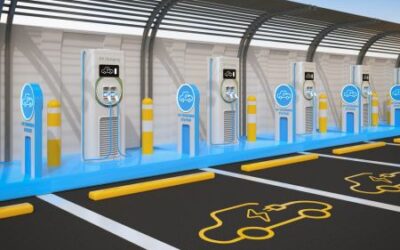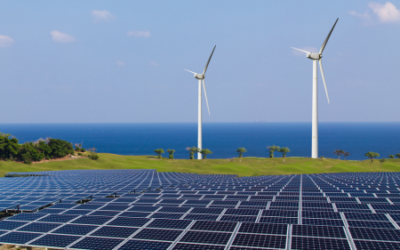
On a worldwide scale, the danger of hurricanes begins on June 1 and continues through November. But, our chances of a hurricane are most significant the closer we get to mid-August.
Along with their numerous other responsibilities, emergency managers, public officials, and elected leaders also are preparing for storms, hurricanes, and other natural disasters.
Hurricanes cause flooding, wind damage, deaths, and a trail of destruction. In many cases, the damage is so extensive that recovery and restoration efforts far exceed available funding.
The Disaster Relief Fund (DRF) receives revenue from Congress. The program, managed by the Federal Emergency Management Agency (FEMA), is considered to be the country’s primary source of funding for disaster relief, but other programs provide disaster funding.
The President can declare that an emergency exists or a major disaster is occurring at any time. When that happens, state and local governments become eligible for a variety of assistance programs and private sector contractors are in great demand.
As common as disasters are throughout the U.S., companies with goods and services related to relief efforts are rarely ready to offer assistance. That’s because goods and services should be vetted before disasters occur. Otherwise, it is often too late for companies with much-needed offerings to become vetted for contracting opportunities. In the aftermath of a disaster, state and local officials seek companies that already have gone through the registration process.
Companies interested in disaster recovery work should make an immediate effort to get registered in federal, state, and local databases. The Disaster Response Registry (DRR) is available on the System for Award Management (SAM) website.
Once a registration is active, company offerings are added to the DRR database, and that’s the first place contracting officers look to find private sector contractors when disasters occur.
There are several other federal departments and agencies that have roles in relief, recovery, and mitigation. These include the Department of Health and Human Services, U.S. Army Corps of Engineers, Department of Housing and Urban Development (HUD), U.S. Department of Agriculture, and the Small Business Administration. Companies interested in disaster recovery contracting opportunities should familiarize themselves with federal agencies and disaster procedures now.
When disasters overlap, it creates even more chaos for regional leaders. The COVID-19 crisis currently is the primary concern for U.S. communities, but many regions are still contending with past weather-related disasters. The year 2019 was the fifth consecutive year in which $10 billion or more in funding was required for disaster events in the U.S.
To date, North Carolina has spent more than $3.5 billion in state and federal funding because of Hurricane Matthew (2017) and Hurricane Florence (2018). HUD approved the state’s plan for Hurricane Florence Recovery in February 2020. The action plan allocates $542 million in Community Development Block Grant-Disaster Recovery (CDBG-DR) funds for flood victims. The state will spend $325.6 million to rehabilitate and rebuild housing and $59.7 million to construct additional affordable housing. The North Carolina Office of Recovery will spend $32.5 million repairing small rentals and buying homes. However, that still leaves $1.5 billion in unmet needs resulting from Hurricane Florence.
In April, HUD approved a $168 million mitigation grant for Hurricane Matthew recovery projects. The funding is allocated to the purchase of damaged homes at a cost of $109.2 million, construction of other affordable housing at a cost of $32 million, and $10 million to move citizens out of flood-prone homes.
Hurricane Harvey and its flooding caused historic damage to coastal communities in Texas in 2017. The storm caused damages that exceeded $29.5 billion. Recovery efforts are still ongoing. Just this month, the city of Aransas Pass received $10.7 million in CDBG funds. The money will be used for drainage, flood-related problem areas, and sewer system improvements.
The Texas General Land Office administers both disaster recovery (CDBG-DR) and mitigation (CDBD-MIT) funds for the state. More than $14 billion was allocated for recovery and mitigation following hurricanes Rita, Dolly, and Ike, 2011 wildfires, 2015 and 2016 floods, Hurricane Harvey, 2018 South Texas floods, and other 2019 disasters.
After Harvey, disaster funding for Texas totaled more than $5 billion. That was the single largest allocation in history to receive approval by HUD. But, recovery funding for Texas has continued, and the last funding award brought the total to $5.734 billion.
Additionally, the General Land Office submitted a CDBG-MIT Action Plan to HUD for approval in February for $4.3 billion for even more mitigation recovery. Contracting opportunities continue for many years after disasters occur.
Companies with disaster recovery services should monitor this type of federal funding because the multitudes of past disasters ensure it will continue to flow throughout 2020. And, while the hope is that this hurricane season passes with no disasters at all, that is unlikely to be the case.
SPI’s e-newsletters are an excellent source of government contracting opportunities. Sign up today to ensure you never miss out!






